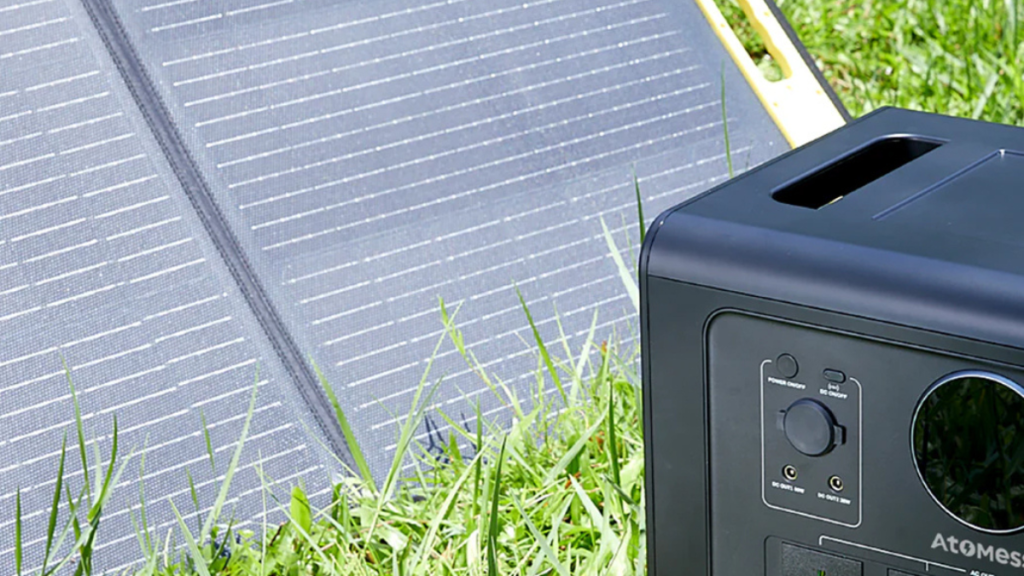As camper van travel continues to grow in popularity, so does the demand for reliable and efficient electrical systems to power everything from lighting and fridges to laptops and water pumps. Among the most common energy sources is solar power, a sustainable solution that allows van lifers to stay off-grid longer without relying on campsite hook-ups or noisy generators. However, not all solar setups are created equal.
The choice between portable power stations and traditional electrical systems plays a significant role in how effectively solar energy is collected, stored, and used. In this article, we compare the solar charging efficiency of both systems to help you determine which is best for your camper van lifestyle.
Understanding the Basics
Traditional camper van electrical systems are typically composed of several components: deep-cycle leisure batteries (AGM or lithium), a solar charge controller, solar panels (usually roof-mounted), an inverter, and often a DC-DC charger that connects to the vehicle’s alternator. These setups are hardwired into the van and designed for maximum customization and scalability.
Portable power stations, on the other hand, are all-in-one devices that integrate a battery, inverter, solar charge controller, and input/output ports into a single compact unit. Designed for plug-and-play convenience, they are ideal for those who prefer minimal installation and maximum portability.
Solar Panel Compatibility
One major factor influencing charging efficiency is solar panel compatibility. Traditional systems typically use rigid, roof-mounted solar panels that offer higher wattage and better efficiency over time. These panels are permanently fixed and positioned to receive maximum sunlight, especially when the van is parked strategically.
Portable power stations, while often compatible with folding solar panels, may be limited in the size and wattage of panels they can handle. Most accept input from 100W to 200W panels, although high-end models can go higher. The flexibility of placing portable panels in direct sunlight—even when the van is in the shade—can improve performance, but this requires active user management.
Solar Charge Controllers
Another key difference lies in the quality and type of solar charge controller. Traditional systems often feature high-quality MPPT (Maximum Power Point Tracking) controllers, which optimize the voltage and current from solar panels to maximize charging efficiency—especially under fluctuating light conditions.
Many portable power stations also use MPPT controllers, but because they are built-in, users have little control over settings or upgrade options. If the internal controller is not well-optimized, it can reduce efficiency significantly, particularly in cloudy conditions or with variable panel orientation.
Battery Efficiency and Storage
Battery chemistry plays a big role in how efficiently solar energy is stored. Traditional systems offer the flexibility to choose between AGM and lithium-ion batteries. Lithium batteries are more efficient, provide deeper discharge capacity, and charge faster—making them ideal for solar systems. The downside is their higher upfront cost and need for compatible equipment.
Most modern portable power stations come with built-in lithium-ion batteries, giving them an efficiency advantage over traditional AGM-based setups. However, they typically have smaller storage capacity compared to full traditional systems unless you invest in high-capacity models, which can be costly.
Charging Speeds
When it comes to charging speeds, traditional systems with large, roof-mounted panels and quality MPPT controllers usually have the edge. Because they can accommodate more powerful panels and larger batteries, they collect and store solar energy faster and more consistently over time. This makes them ideal for long-term or full-time van life.
Portable power stations, while efficient within their own ecosystem, can take longer to fully charge due to their lower input capacity. If you’re using just a single 100W panel, you may find it takes most of the day to recharge a depleted unit. That said, for weekend getaways or light power needs, the slower charging time may not be an issue.
Real-World Use and Flexibility
The true test of any solar setup is real-world use. In this regard, traditional systems are robust and powerful, but they require more planning, installation, and technical knowledge. They shine when you need a lot of power and are staying in one place for long periods.
Portable power stations, meanwhile, offer unparalleled flexibility. You can charge them with solar, from your van’s 12V socket, or even from shore power at home before hitting the road. They’re ideal for people who value ease of use and are willing to trade some charging speed and capacity for convenience.
Conclusion
Both systems have their strengths and weaknesses when it comes to solar charging efficiency. Traditional electrical systems are ideal for van lifers who require maximum power and customization, while portable power stations cater to those seeking convenience and flexibility. The right choice ultimately depends on your energy demands, budget, and travel style.
In the middle of this evolving landscape, Vanstyle has become a go-to resource for camper van enthusiasts seeking reliable information and quality products to enhance their adventures.
Whether you opt for a hardwired solar system or a portable powerhouse, understanding how solar charging efficiency works will ensure that your energy setup keeps you powered wherever the road takes you.




